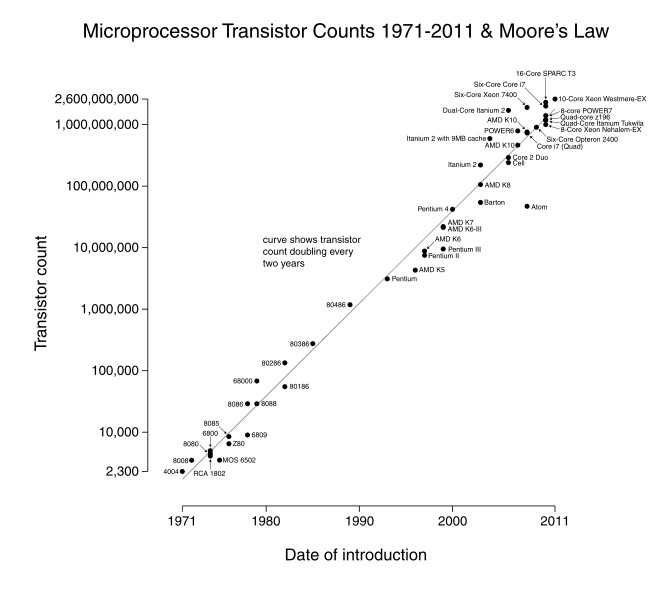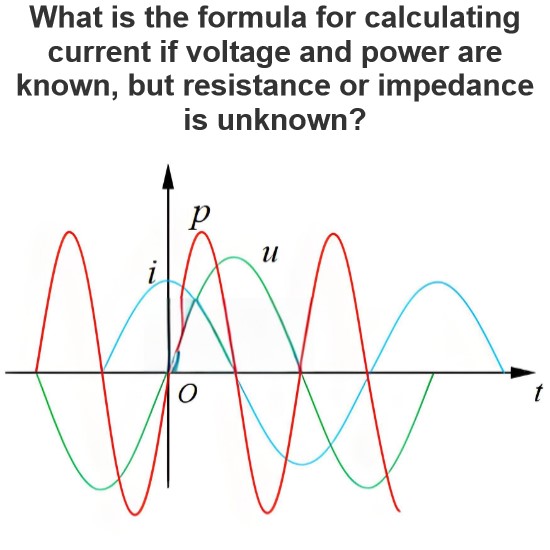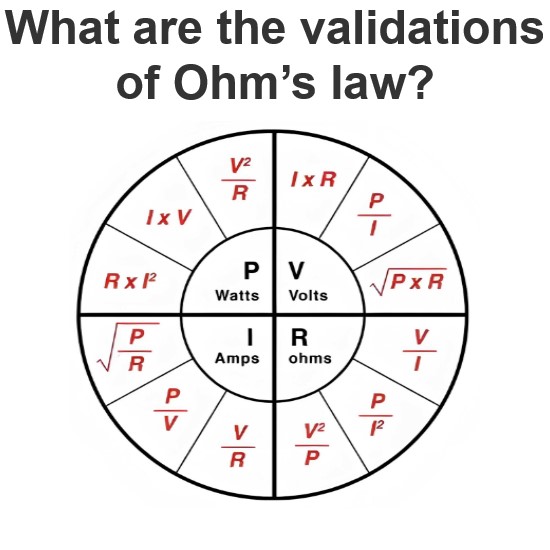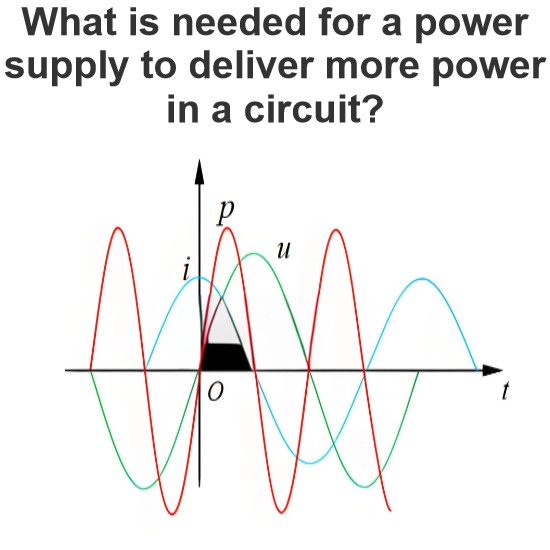Moore’s Law
Moore’s Law is a prediction made by Gordon Moore, co-founder of the technology company Intel, in 1965 that the number of transistors on a microchip would double approximately every two years. This prediction has proven to be remarkably accurate, and has served as a driving force in the rapid development of the technology industry for more than 50 years.

As the number of transistors increases, the performance and capabilities of microchips also increase, enabling the development of more powerful and sophisticated electronic devices.
Moore’s Law has had a significant impact on the technology industry, driving the development of new and innovative products and technologies. It has also played a key role in the rapid pace of technological change and the increasing interconnectedness of the modern world.
However, it is not a physical law, and there are limits to how small transistors can be made, which means that the rate of increase in the number of transistors on a microchip may eventually slow down or stop altogether.
What is the most important aspect of Moore’s Law?
Moore’s Law predicts that every two years, the number of transistors on a semiconductor will double, substantially increasing the capability of semiconductors and the electronic goods they enable.
Statement: Respect the original, good articles worth sharing, if there is infringement please contact delete.
As an electrical engineer with 5 years of experience, I focus on transformer and circuit breaker reliability in 110/33-11kV and 33/11kV substations. I am a professional electrical engineer with experience in transformer service and maintenance.













